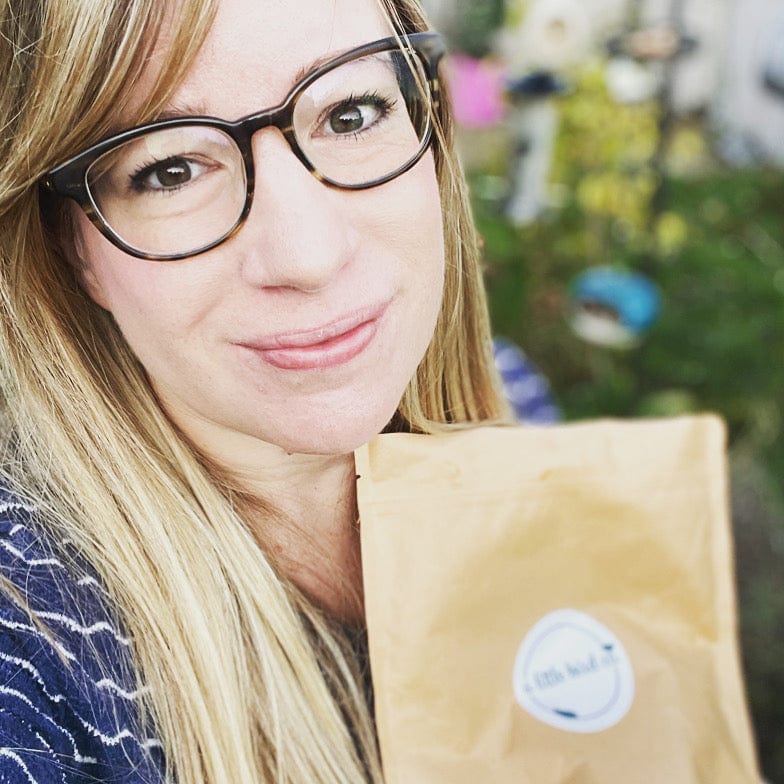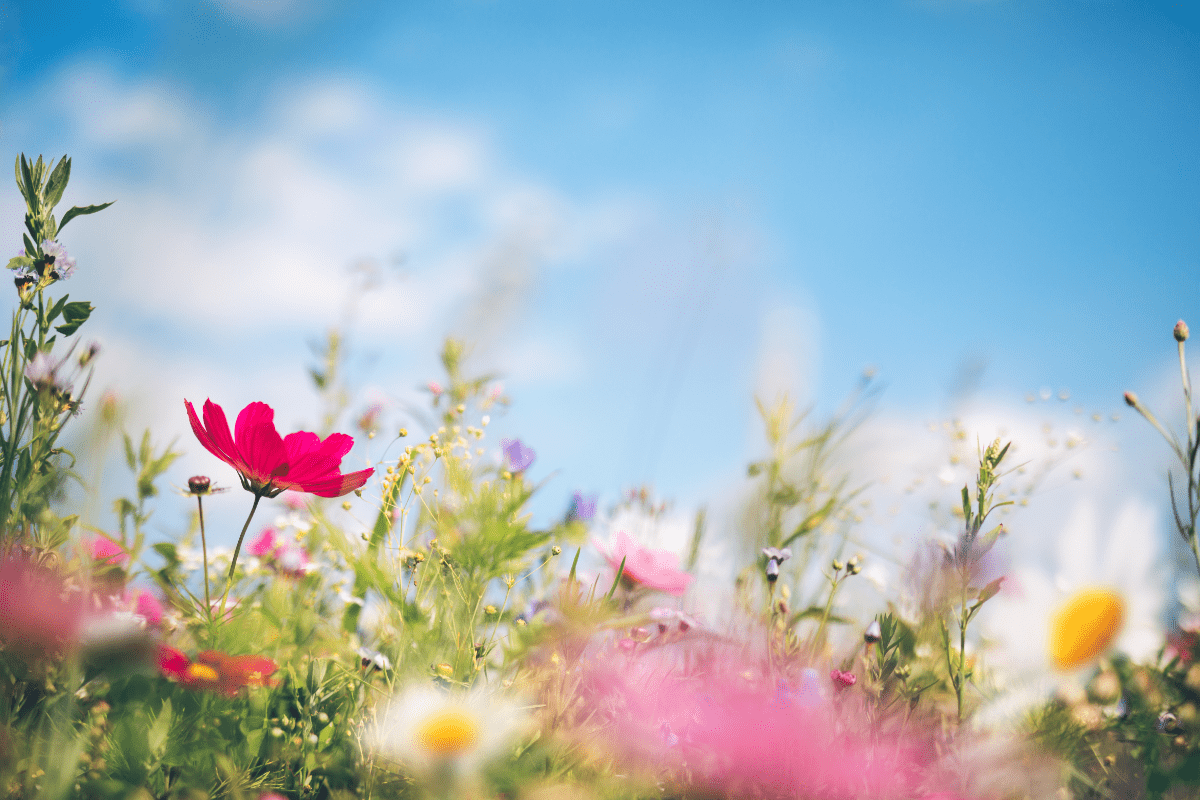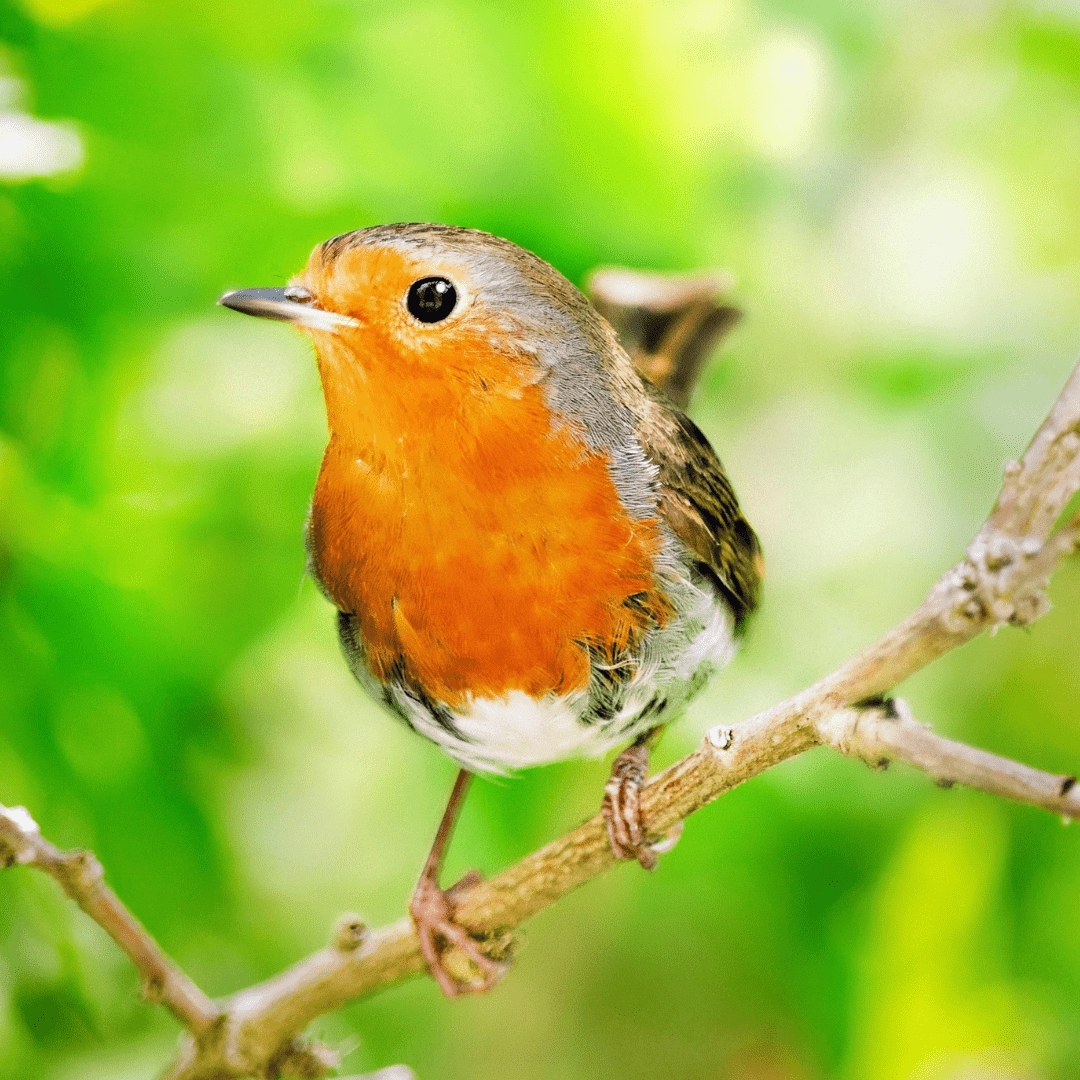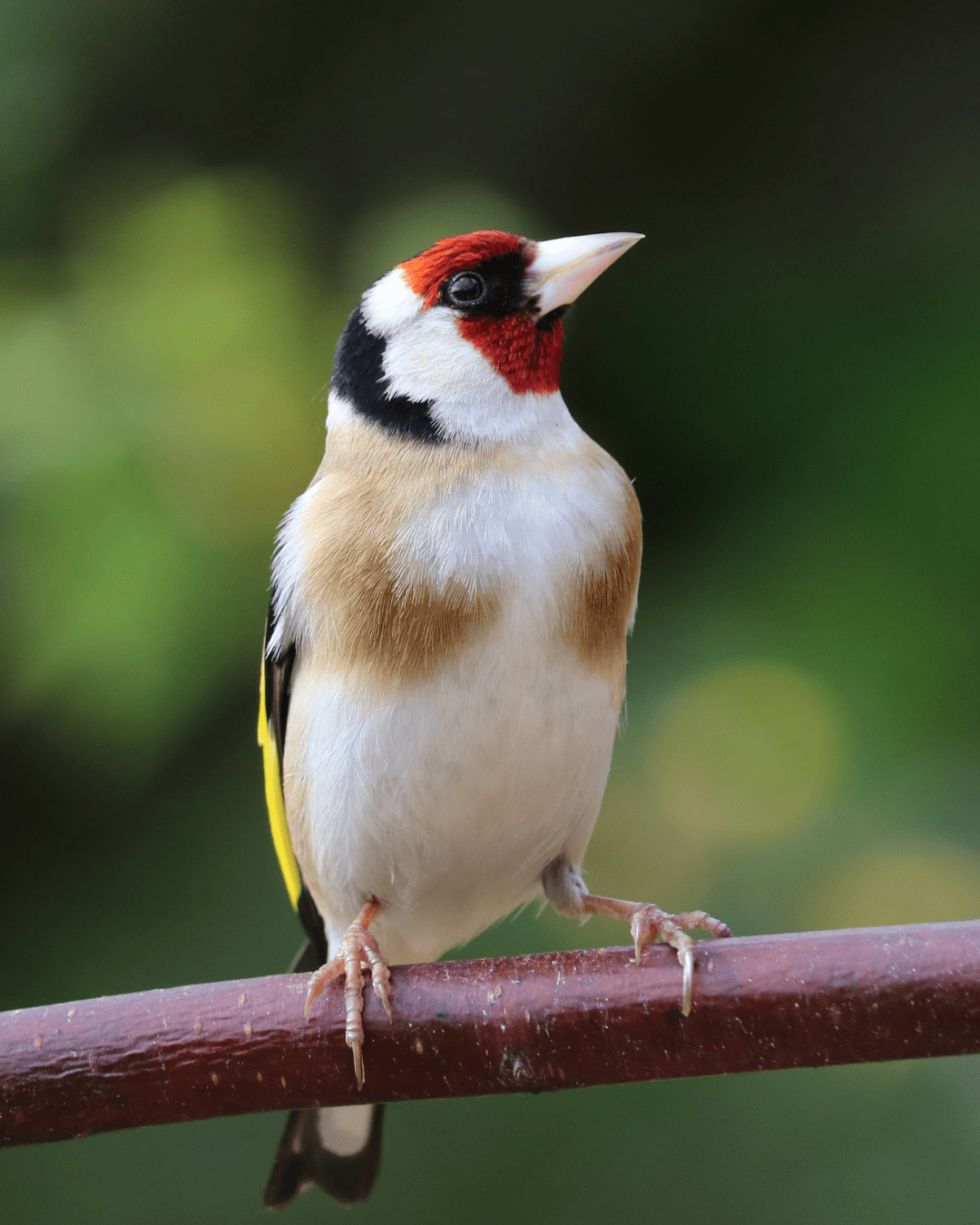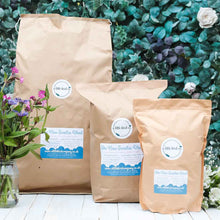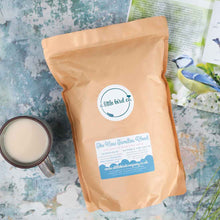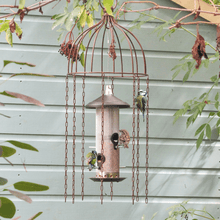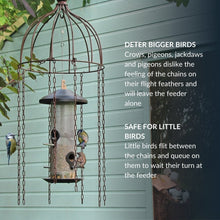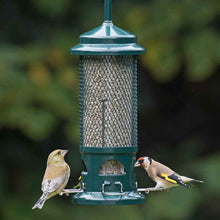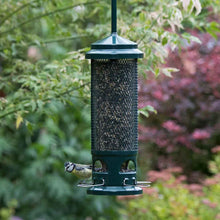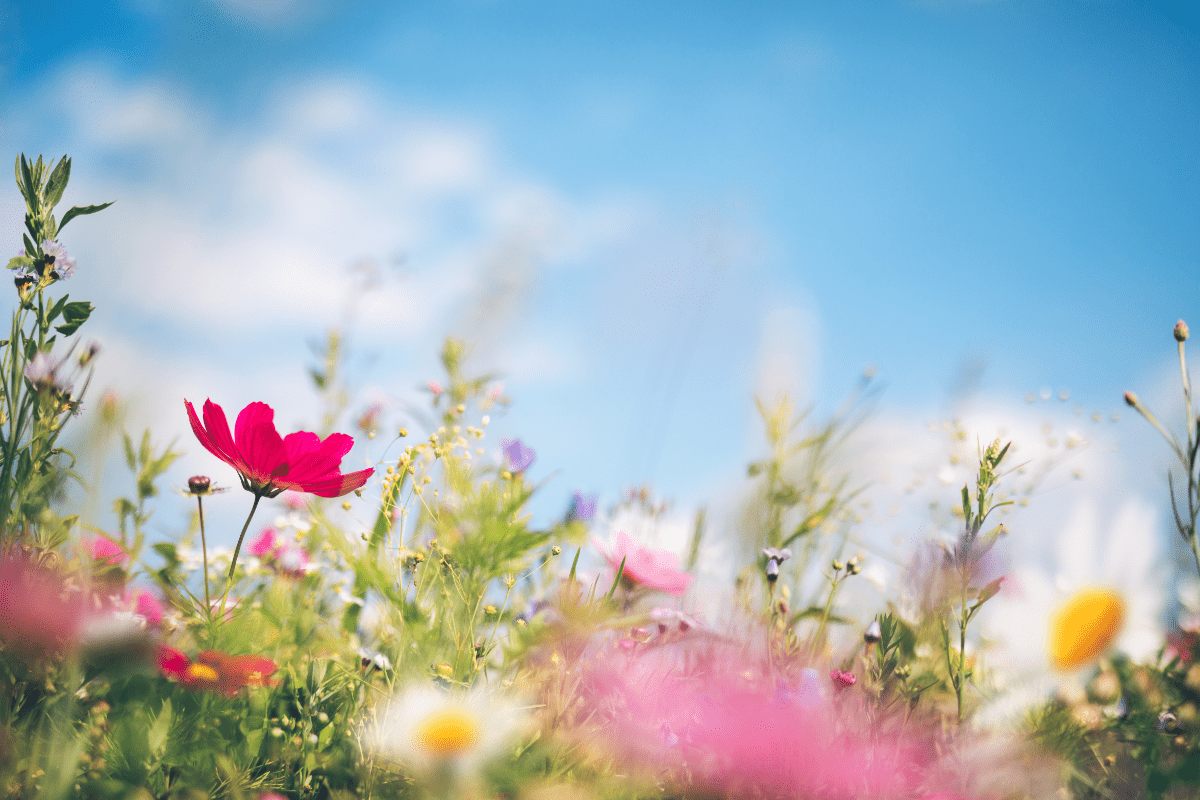A Garden Birdwatcher’s Guide to the Song Thrush
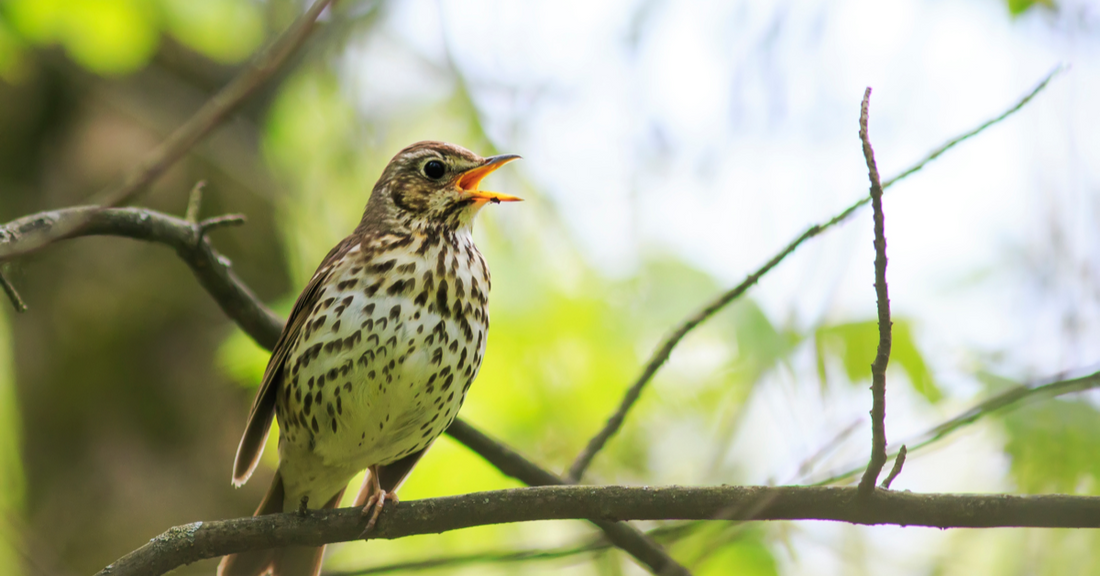
The song thrush is known as the gardener’s friend because of its love of eating the snails from our flower beds. These pretty birds are recognised by their speckled tummies which are cream and covered in brown markings that resemble upwards pointing arrow heads, and by the song thrush call, which has been described as lyrical, haunting, languid and penetrating and can be heard all year long. They repeat an elaborate melody a few times before singing a variation on the tune, and they can mimic other birds’ calls too. The song thrush song is truly a beautiful sound. A song thrush is smaller than a blackbird or mistle thrush and holds itself in an upright position on fairly long legs. They are less hurried than a blackbird and their movements are less jerky. If you aren’t sure whether your garden visitor is a mistle or song thrush, the time of year is a good clue - a song thrush is often seen in spring, while a mistle thrush is seen eating berries in winter, and the mistle thrush’s markings are a less uniform shape. Song thrushes are found in gardens and parks and are generally solitary and more shy than other thrushes, although they can become tame over time.
What do Song Thrushes Eat?
They feed on the ground alongside blackbirds, finding their prey at sight and each song thrush will have a preferred stone which they use as an anvil to crack the shells of snails before eating them.
The song thrush is on the BTO red list with 1.1 million pairs in the UK, however numbers are gradually increasing year on year. They are generally resident birds although we are joined by visitors from Belgium and Holland during the winter and our British birds occasionally migrate south to France and southern Europe depending on winter weather. Song thrushes have been unpopular with farmers thanks to their love of soft berries, including strawberries, raspberries and blackcurrants, and they have been impacted by the intensification of farming and reduction in hedgerows on farmland in the last century. Song thrushes are monogamous and territorial, and the female makes a neat nest lined with mud before laying two to three broods of up to five sky blue eggs covered in black spots.
The eggs are incubated for fourteen days before the chicks fledge after a further fourteen days, and the survival rate for juvenile song thrushes is low during their first winter. Nestlings and eggs are taken by magpies, jays and grey squirrels, and cuckoos will often replace one of the song thrush eggs with an egg of her own, although the song thrush can recognise the stowaway cuckoo egg and eject it from the nest before it hatches. The adult song thrush is prey for cats, owls and sparrowhawks. Old belief has it that song thrushes cast off their legs after ten years and grow a new pair, and in France it was thought that they are able to speak seven languages, while in the UK we believed them to be unable to hear at all. In Wales it is thought that if you hear a song thrush singing at sunset you will enjoy fair weather the following day, and in Ireland it was believed that fairies encouraged song thrushes to build their nests down low in order to enjoy their melodies. A song thrush nest high in a tree was evidence that the fairies were unhappy and misfortune would follow.
Ready to deepen your connection with the birds in your garden? Discover more about your feathered friends and how to attract them to your space with Amidst the Birdsong: A Garden Birdwatcher's Journal. This beautifully crafted journal is the perfect companion for anyone looking to observe and learn about the birds visiting their garden. Start your birdwatching journey today – click here to learn more.

